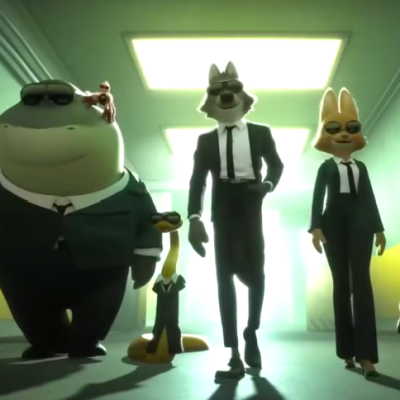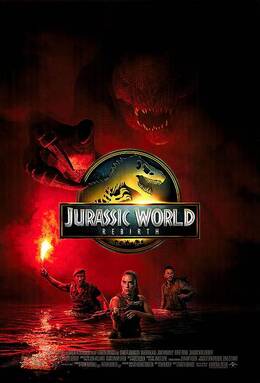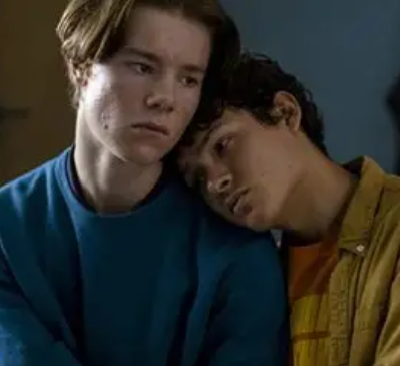Killers of the Flower Moon: a forgotten history, a remembered people
It’s difficult to find a film about history nowadays as most of the latest movies are based around long-lasting franchises, family entertainment, and other topics that are generally just less serious than historical events. And many recent films that have been based around history are glamorized, up-told to sell the story better, or cast with larger-than-life actors to play characters who, at the time of their lives, were simply people. That’s not to say that sort of depiction is bad — the job of a movie is usually first and foremost to entertain, after all — but it does leave a wanting for those of us who like to learn. A feature that focuses on real events, does its best to stick to the past, however gritty or horrifying it may be, is a treasured find, and one that conveys the complex factors of emotion and personal struggle to the audience makes for even more of a gem.
“Killers of the Flower Moon,” based on the book of the same name, takes place in the 1920s in Oklahoma, on the reservation of the Osage Nation. In the late 19th century, oil was discovered under the reservation, and as such many of the Native Americans who lived there became extremely wealthy from the profits of pumping this fuel. But if there’s one thing that history has proven, it’s that greed can be a powerful motivator; during the 1920s the Osage were wracked by more than twenty brutal murders of members of the Nation, perpetrated by White outsiders who sought to marry into their families and gain the headright to their oil lands. Without spoiling too much, the story of the movie follows Ernest, a veteran of the first World War, as he moves to his uncle’s ranch on the reservation. The story begins as he marries Mollie, an Osage woman who owns part of the oil allotment and will inherit several more pieces of precious land from her family. Ernest is soon caught up in a murder-fraud plot of his uncle’s to seize the lands from Mollie and her family, torn between the feelings of his heart, his sense of loyalty to his uncle, and his greed for more money and higher standing.
Making a movie about history is hard, especially if you’re striving to be accurate to every last detail. The directors worked hand-in-hand with the Osage Nation during the film’s production to help tell the near-forgotten history of the Osage Murders, and this kind of attention and care has created a world that feels complete and integral to the plot, as natural as modern life is to our world. Every touch of parlor and saloon life, every scene of a meal at home with family, and each shot of the busy main street of the small town on oil land that many of the film’s scenes happen feels natural and in place, without very much backdrop or exposition needed to prop up the story. The movie was quite the experience in just the pictures, and that’s before we get to the storyline.
The movie is quite long, at just over three hours, and it’s paced quite a bit slower than other films. Most of the time, this isn’t really a problem with the movie, since there’s plenty of depth put into each scene. It’s just how it is, and something to note if you don’t like those kinds of films. It wasn’t particularly hard to sit through the whole thing, but there’s a noticeable gap in the story between each “action” part. Occasionally, there are scenes that are paced somewhat strangely or in ways that clash with the overall story format, or that can dampen interest in the plot. Usually, though, they work out very well.
As for the characters and dialogue, there’s nothing not to like. The villains are vile in their actions, but generally not over-the-top evil in their dialogue, setting up a good balance of dramatics and believability. The protagonist is conflicted and caught between his two worlds, and he’s not even the clear main focus of the story. This kind of “decentralized” protagonist model is very hard to pull off, but “Killers of the Flower Moon” manages very well. The display of care, family bonds, suffering, and resilience throughout the movie is unparalleled, and emotion seems to seep through the screen during almost all of the film.
All in all, with these elements meshing together very well, the movie works immensely well as both a historical piece and a tale of. It’s not lighthearted in any sense, but it’s as fascinating as it is entertaining. My only real complaint is about the ending of the film, but it’s based on history, and history is often unalterably unfair. The ending of the actual story being so heartfeltly sad, with no real resolutions for any of the characters involved, showed the dark past of the events the movie depicts. The penultimate scene made it feel like the story had just faded away into the past, now a sensational tale to tell in a long-winded winding word-stuffed waffle at a dinner party. But unlike so many other movies about history, it also showed the connection and brightness of the present in its very last scene, celebrating the Osage Nation and all the other Native American groups still living and celebrating their cultures today. Serving as a bright message of how far we’ve come from the times of the movie, a reminder that there’s more work to be done to preserve and learn from history, and a memorial to the events of the film, “Killers of the Flower Moon” is a shining example of a film that tells forgotten stories, takes risks with a stupendous payoff, and settles its narrative and messages into the minds of everyone who watches it.










